Why do we need wave analysis?
For the design of offshore operations such as installation and transport of offshore structures, as well as lifecycle design of floating and fixed structures, knowledge of extreme waves as well as the probability of different sea-states is of paramount importance. Before the start of a project or an operation, a reliable meteorological forecast is required to understand the severity of wave load as well as the determination of damage due to fatigue. Since the waves are irregular, the information is provided in terms of statistical terms such as significant wave height (Hs), zero-crossing period (Tz), and their joint probability distribution. These data are usually supplied by various agencies which assess the information based on various sources of data such as wave buoy and met-masts, which have been extracted from years and years (more than a century!) of data, nautical information, and few extrapolations to neighboring regions or coasts using SWAN models. While such data is of high quality and reliable, the data come at a high cost.
Such high costs are sometimes not born by the vendor in the tender phase or for an innovator, during the concept phase. Further, as the projects are moving outshore, it may not make financial sense to install transmitting met-mast at remote locations for a pre-feasibility stage. As a result, sometimes it is wise to utilize the database of previously recorded and simplified data at an early stage to create a business case. There has been an attempt to parametrize the wave statistical data to make it understandable for people involved in wave load analysis.
There is an immense amount of data belonging to various Metocean groups as well as asset owners of oil and gas firms who have performed comprehensive modeling of the project area. Typically, wind, wave, and tidal analyses are performed for the area. The user is provided with “Operational” limit and “Extreme” limits depending on the severity of the design constraints. Although the data is highly proprietary, sometimes the data is contributed to the wider community for a global understanding of the wave environment. The International Council of Exploration of Sea (ICES) is one such collaborative effort towards a large data center managing global marine data sets. For the designers, a spatial and long-term wave statistic with extreme value estimation would be useful.
How is the wave data analyzed and presented?
With plenty of short-term wave statistical data available from shared information, long-term wave statistical data has been developed through various theoretical studies. The long-term variation of wave climate can be described in terms of generic distributions or in terms of scatter diagrams for governing sea state parameters such as (HS, Tz, θ) or (Hs, Tp, θ) that are interpreted from available data.
A scatter diagram provides the frequency of occurrence of a given parameter pair (e.g. (Hs, Tz)). The generic models (“Equivalent storm”) are generally established by fitting distributions to wave data from the actual area. When fitting probability distributions to data, different fitting techniques can be applied; notably Method of Moments (MOM), Least Squares methods (LS), and Maximum Likelihood Estimation (MLE).
DNVGL recommended practice DNVGL-RP-C205 recommends another approach called Conditional Modelling Approach (CMA), in which a joint density function is defined in terms of a marginal distribution and a series of conditional density functions. The significant wave height is modeled by a 3-parameter Weibull probability density function and the zero-crossing wave period conditional on Hs is modeled by a lognormal distribution. This approach is used to make a generic scatter plot correlating Hs and Zero-crossing period (Tz) for various locations.
What is the Global Wave Scatter Generator program?
TheNavalArch has developed its own light-weight “Global Wave Scatter Generator” (GWSG) program for the purpose of first-observation of expected oceanic climate data for offshore analysis. There are 104 locations (bins) identified across the globe. For each location, probability distribution parameters are changed to estimate average prevailing wave statistics in the area.
Figure 1: Nautical zones for estimation of long term wave distribution parameters
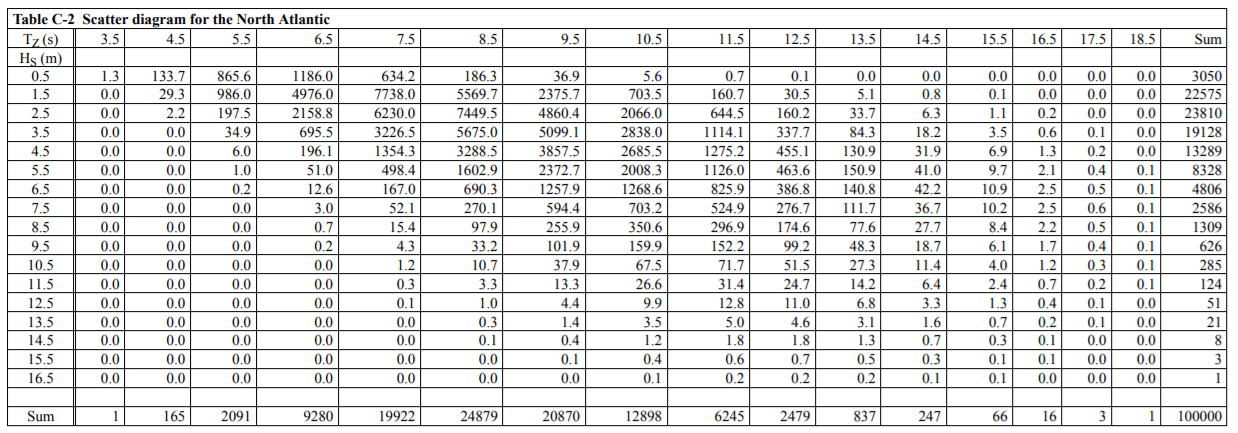 Figure 2: Example scatter table for the North Atlantic area
Figure 2: Example scatter table for the North Atlantic area
The method also allows the user to identify extreme wave data such as a 10-year or 100-year returning storm. This method is considerably reliable (although not accurate) to understand the severity of the weather in the area. This can also be used to identify a service limit (operational limit) and the design limit of any operation. Also, a direct application is to identify fatigue damage of a product. Multiple software like OrcaFlex also utilizes the scatter data to create useful analysis involving cumulative load evaluation.
As a responsible engineering team, it must be emphasized that the GWSG program is directly based on DNVGL formulations and is only the average representation of the wave conditions in an area. However, for the projects with high liability, actual metocean reports must be referred to.
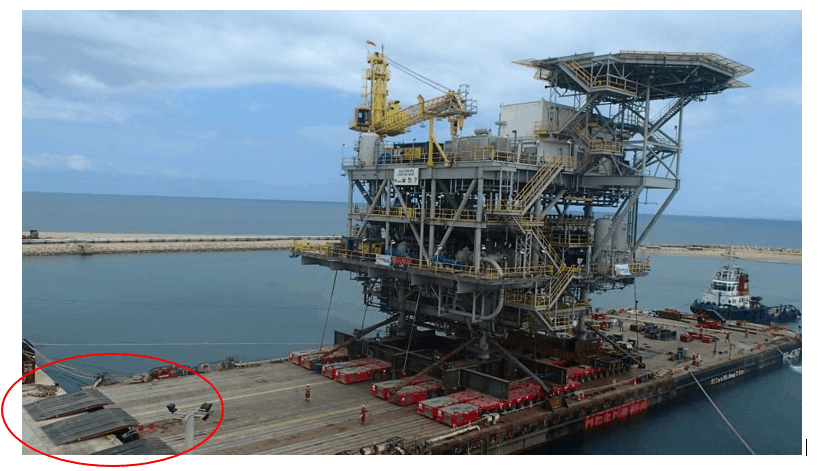
Loadout Ramps – design and analysis of the simplest flat plate ramp
Loadouts are a complicated exercise and require intricate engineering calculations to ensure success of the operation. Right from selecting the suitable vessel with adequate ballasting capability, to performing ballasting and stability calculations,...

Why the bollard pull calculation method for a barge won’t work for a ship
In my working with the marine transportation industry for more than a decade now, I have come across many different calculations for required bollard pull for both barges and ships. The principles of the calculation are same, whether it is a ship, a barge...
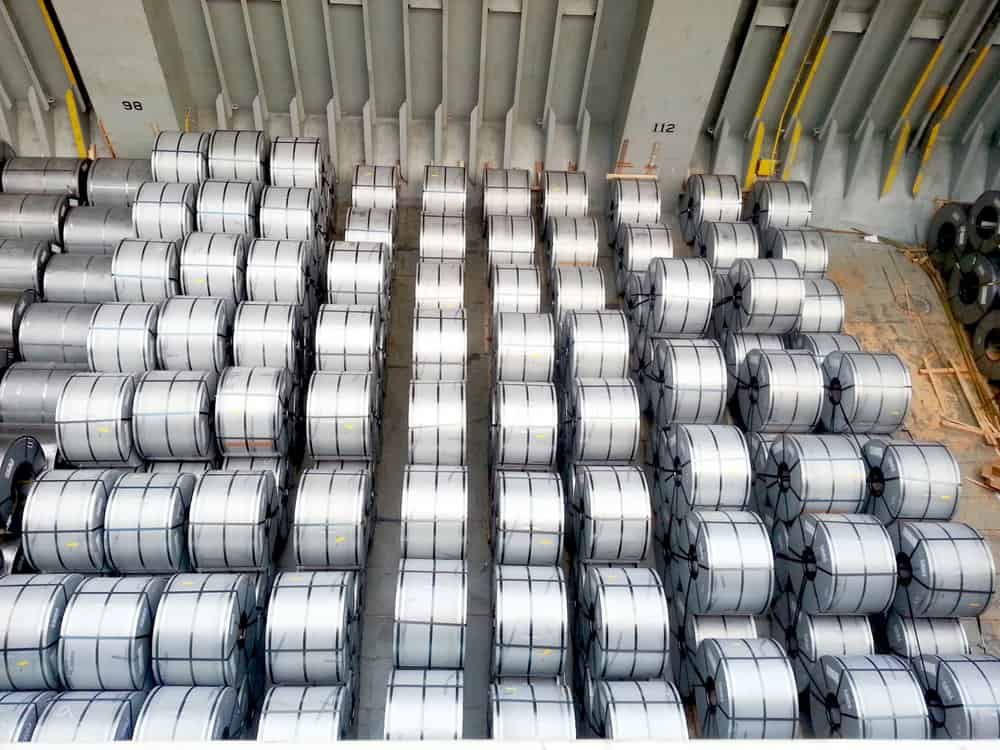
STEEL COILS LOADING – ITS CHALLENGES AND WAYS TO OVERCOME
STEEL COILS LOADING – ITS CHALLENGES AND WAYS TO OVERCOME by Mr. Spiros Malliaroudakis (Founder & Managing Director, S.A. Malliaroudakis Maritime (UK) Ltd) The loads derived from steel coils loading are very concentrated, leading to higher stresses...

Naval architecture, new challenges and a new horizon
Naval architecture, new challenges and a new horizon by Lim Soon Heng, BE, PE, FSSS, FIMarEST Founder President, Society of FLOATING SOLUTIONS (Singapore) Civilization has arrived at a point of inflexion triggered by global warming and rising sea levels....

Mooring System Design and Analysis
Mooring System Design and Analysis by Rahul Kanotra, Consultant Naval Architect As the offshore industry moves towards greater technological advancements, one thing that has plagued the engineers is the “plug and play” computer programs or software. I am not against...
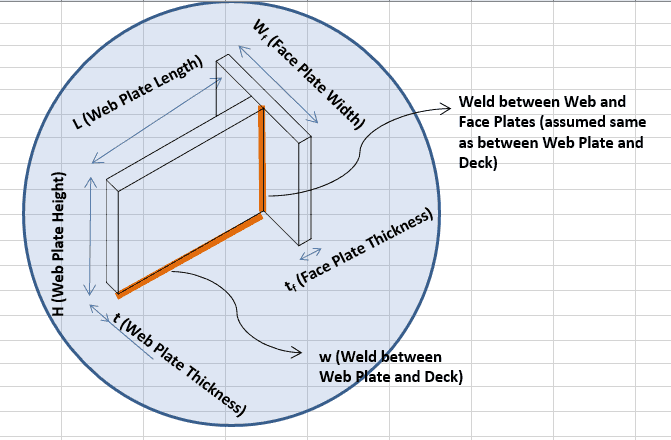
Cargo Stoppers – why they are critical and how to design them
Stoppers and their critical role in seafastening of cargo Introduction A cargo transported on the deck of a ship is subject to many forces. These forces comprise of the inertial forces due to the ship motions – the three translations and three rotations – and the...
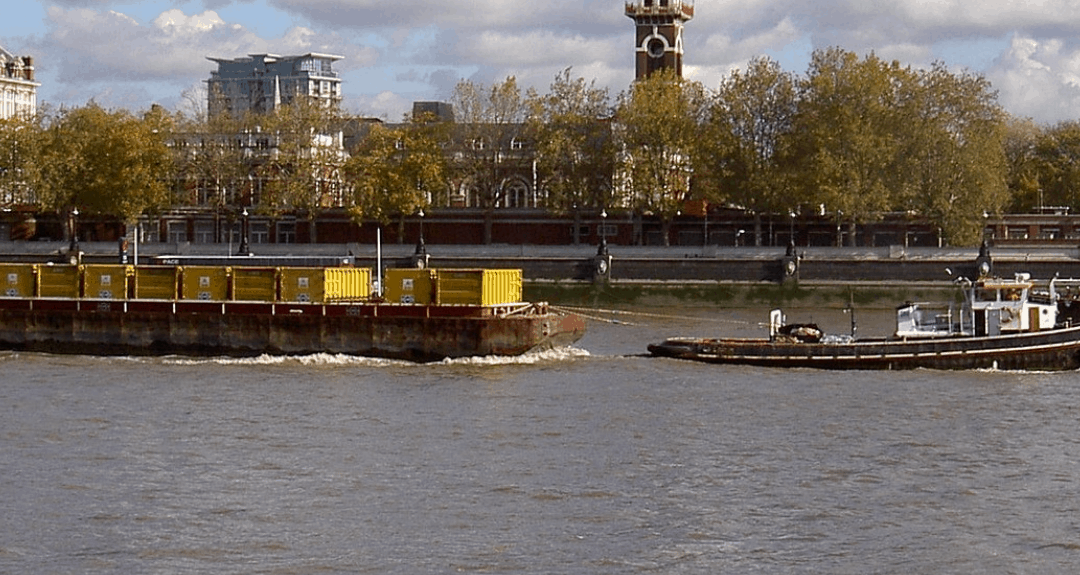
Are you chartering a tug bigger than necessary for your Barge?
Barges are one of the most frequently used means for transporting deck cargo of different shape, size and weight. While some barges are self-propelled, the majority is towed by another vessel called a ‘Tug’. Once an owner or charterer...
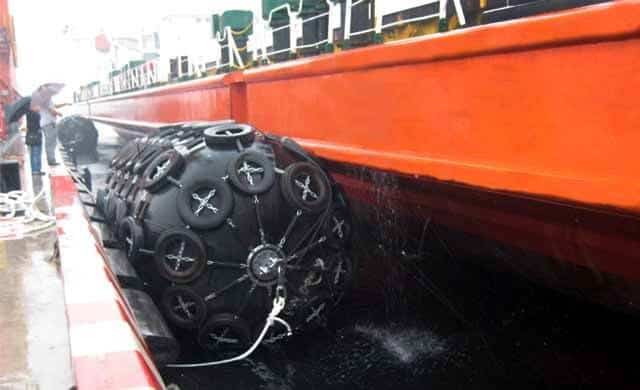
Fendering – an Introduction
In this two part article we will talk about Fendering, which is one of the basic but critical operations related to a ship. Fendering is, basically, protecting the ship’s sides from contact with another body (which can be another ship, jetty or quay wall). It can also...
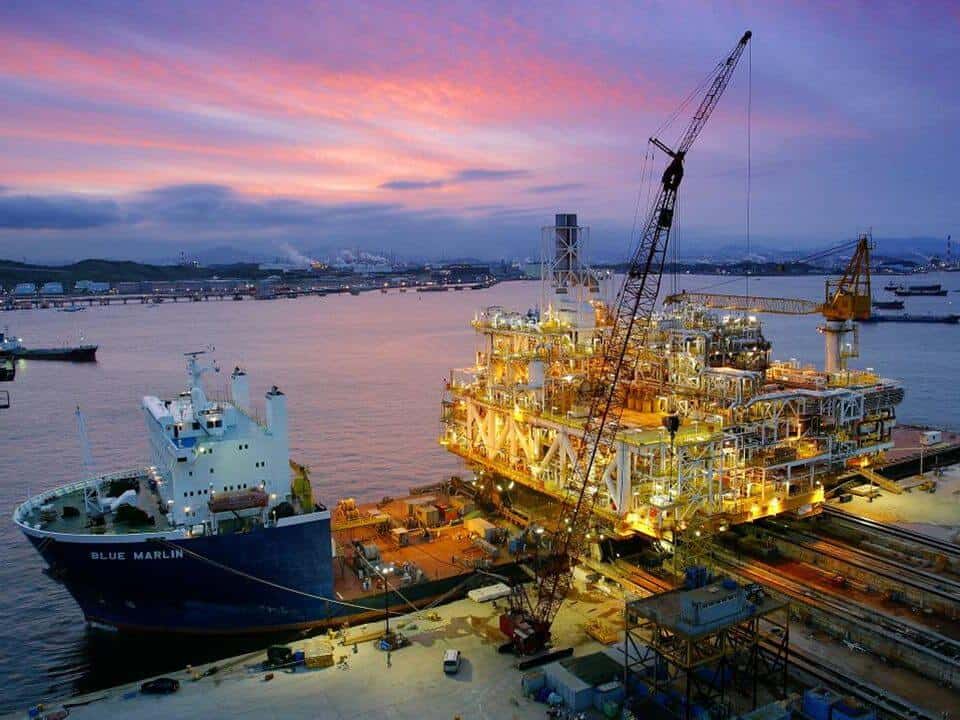
Loadouts – An introduction
Image source: Flickr Loadout Operations - an Introduction Loadout is a term oft heard of in the marine/offshore industry parlance. Loadout is generally referred to the operation of transferring a Cargo or a Structure from the place of fabrication to a sea-borne...
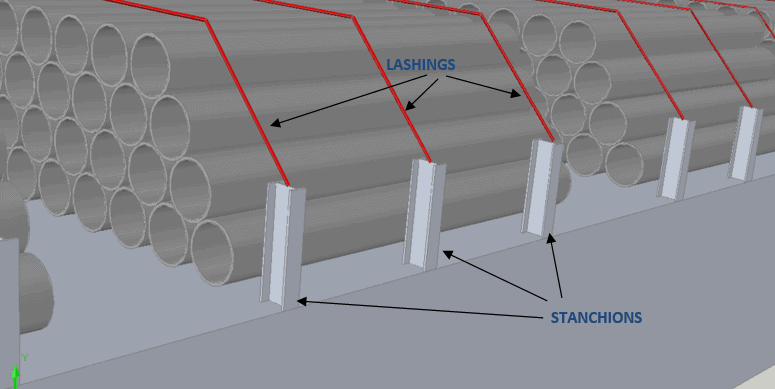
Introduction to Pipe Transportation – Part 3 (Engineering)
Introduction to Pipe Transportation - EngineeringIn Part 1 we learnt about pipes, while in Part 2 we learnt about Planning and Scheduling of pipe transport operations. In this part, we will learn about Engineering.Phase 3 – Engineering.Engineering for pipe...

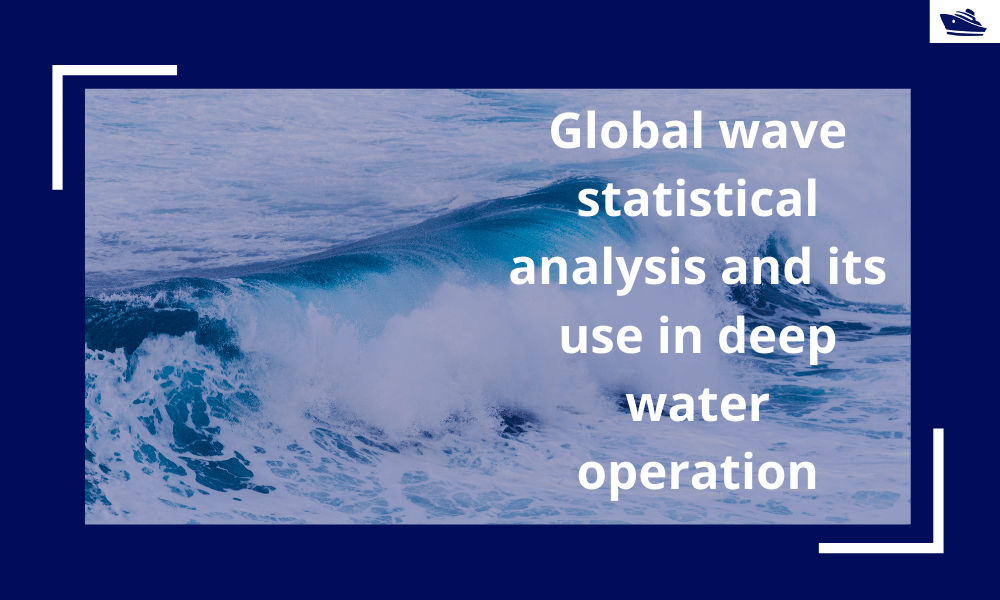
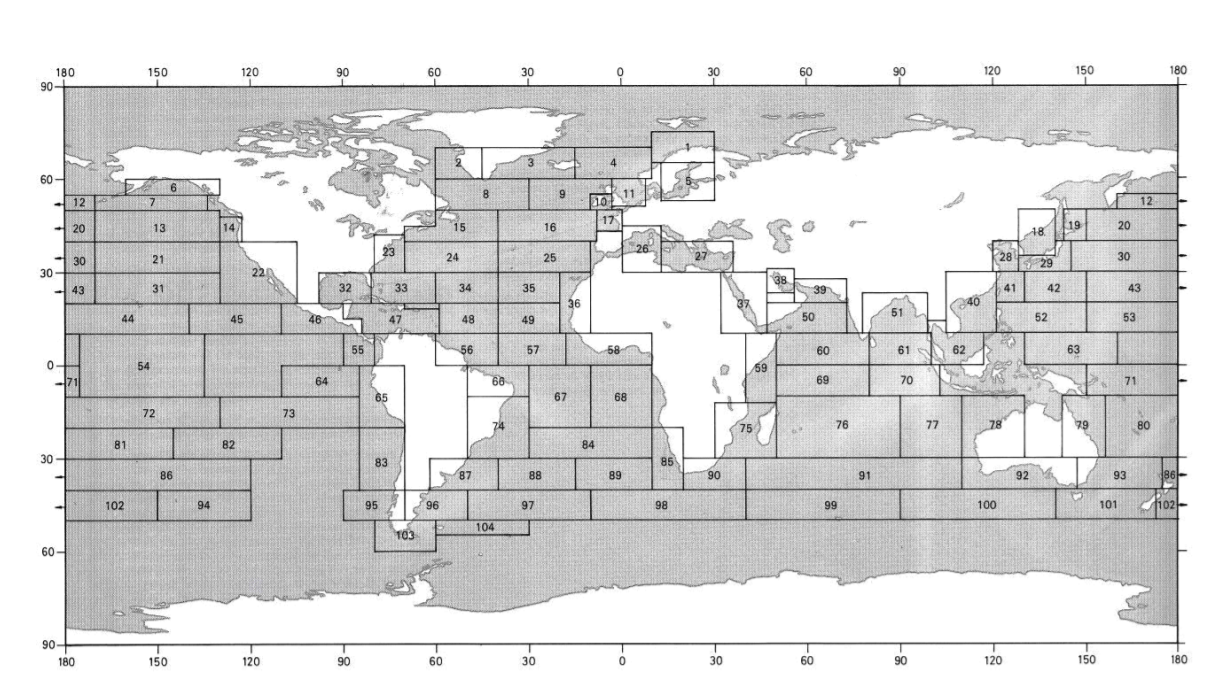
I am Master student in maritime engineering